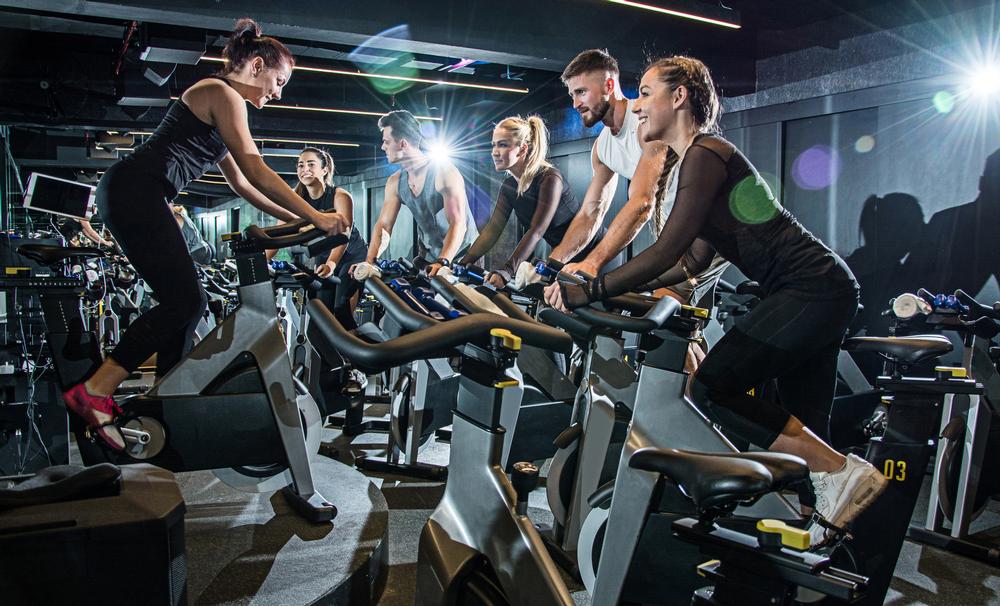In February, IHRSA released the US Fitness Professional Outlook, a report that analyses trends in the fitness instructor market. Employment growth for fitness professionals since 2003 was examined, along with compensation trends, certification requirements, and key drivers for continued progress.
“By all accounts, the prospects for fitness professionals are positive,” said Jay Ablondi, IHRSA’s executive VP of global products. “IHRSA estimates there are 409,000 fitness professionals in the US, and anticipate the number will continue to grow as consumers seek expert guidance with health, wellness and sports goals.”
Multiple sources forecast growth in the number of fitness professionals. The US Bureau of Labor Statistics (BLS) predicts the number of recreation and fitness workers will grow by 10 per cent between now and 2026, while IBISWorld, an independent research firm, estimates growth in the number of fitness professionals, particularly those specialising in yoga and Pilates.
The increase in demand for fitness professionals runs parallel with the growth of the health club industry, with membership increasing significantly, from 33.7 million in 2001 to 57.3 million in 2016.
Drivers for Growth
“Fitness professionals play a critical role in club growth and profitability,” says Melissa Rodriguez, IHRSA’s senior research manager. “Personal training, small group training and group exercise instruction increase non-membership revenues and enhance the member experience. For members, one-on-one interactions with trainers and instructors contribute to retention.”
Although health club employment and career opportunities have been expanding, there are many drivers pointing to continued growth. These include increasing life expectancy and number of adults (particularly between 20- and 64-years-of-age), increases in disposable income and growing participation in exercise.
Extended life expectancy has coincided with rising gym membership rates among Americans aged 55 and older. From 2006 to 2016, the number grew from 8.5 million to 13.5 million and the active ageing population, along with an increase in gym membership among older consumers, highlights the need for clubs to offer specialised instruction and programming.
Fitness professionals with expertise in mind-body, such as flexibility, gentle yoga, Tai Chi, and strength training for seniors, will have an advantage when addressing the fitness needs of older populations.
Since 2006, club membership in every age group has grown. As these membership numbers have risen, so, too has the number of club employees who are needed to deliver age-appropriate fitness services.
Of particular note is the increase in members who are under the age of 18 – from 4.2 million in 2006 to 8.7 million in 2016. This is encouraging, demonstrating that more consumers are recognising the importance of exercise and are joining gyms earlier in life.
Another factor influencing the increase in young members is the childhood obesity epidemic. According to data from the National Health and Nutrition Examination Survey (NHANES), nearly one in five children in the US are obese (17 per cent).
Growing market
Health clubs are well positioned to address childhood obesity and youth fitness goals by offering specialised programmes which are staffed by experts.
Parents of under-18s – some of them likely to be health club consumers themselves – appear to engage their children in personal and small group training, based on data from the most recent IHRSA Health Club Consumer Report and in 2016, the under-18 age group accounted for 22 per cent of personal training consumers and 27 per cent of small group training consumers.
Another emerging trend is a renewed sense of consumer confidence in the US that’s likely to strengthen purchasing power. If unemployment rates continue to hover between four and five per cent, consumers will have access to additional discretionary income, which is expected to contribute to increased spending on extras, such as personal training and specialised instruction.
To stimulate these additional purchases, clubs may consider hiring extra qualified fitness professionals and promoting attendance on specialist programmes.
The BLS anticipates a 10 per cent increase in the total number of fitness workers in employment by 2026. Drivers for this include Baby Boomers doing more exercise and incentives for participation which are given by both businesses and insurers.
IBISWorld estimates the US personal trainer industry will grow by 2.4 per cent a year from 2016 to 2021, citing rising disposable income, more leisure time, the ageing of health-conscious Baby Boomers and consumption from Millennials as the main drivers.
Compensation for fitness professionals has been consistent with the economic climate and employment. Increases in salary levels have generally coincided with the growing consumer demand for fitness services.
We found that overall, the hourly wage of fitness professionals, such as personal trainers and instructors, fell within the US$23-$30 range at responding clubs.
Responding clubs indicated paying full-time yoga instructors an average of US$27.21 per hour and full-time Pilates instructors an average of US$31.40 per hour. Full-time personal trainers were paid an average of US$29.30 per hour, while group exercise instructors were paid an average of US$27.06. Full-time group cycling instructors were paid an average of $26.00 per hour.
Clubs surveyed by IHRSA reported paying personal trainers a median hourly wage of US$30.


























































